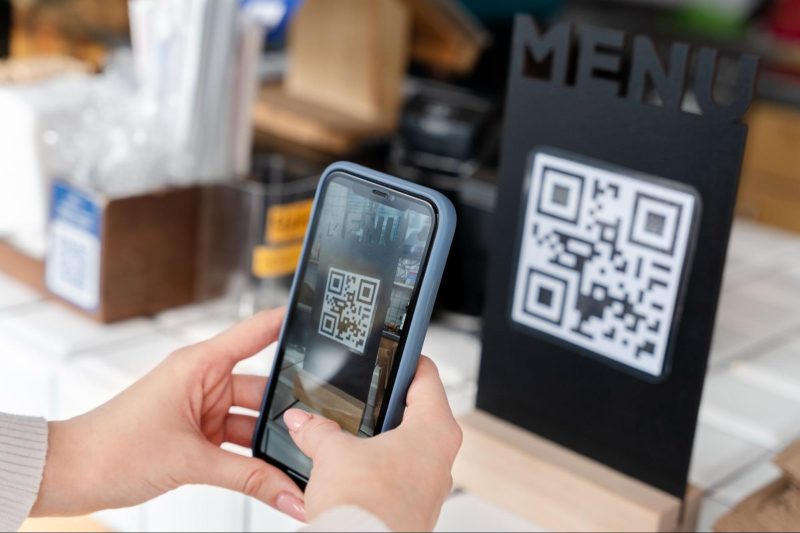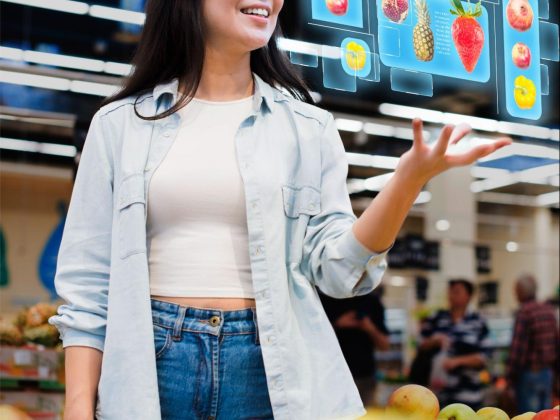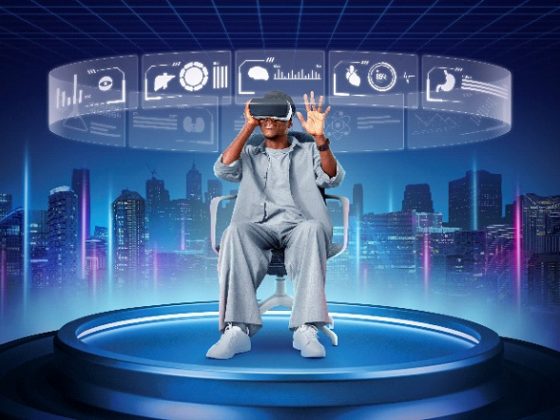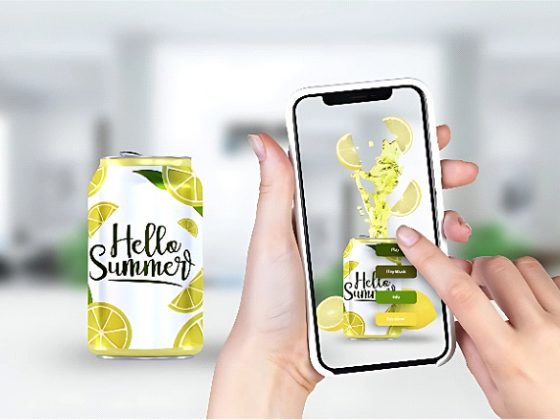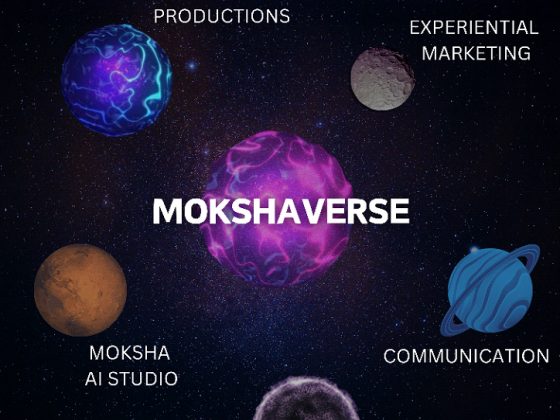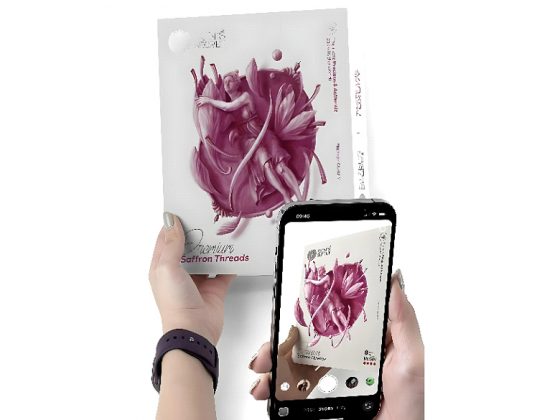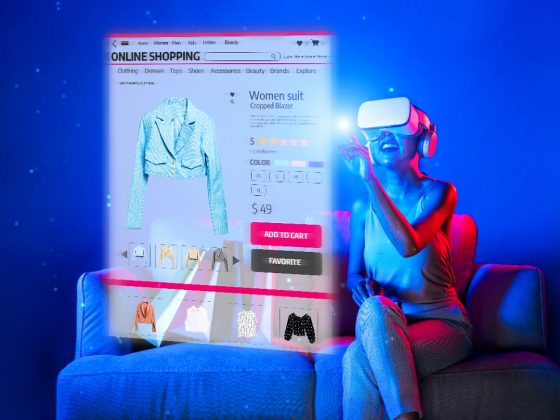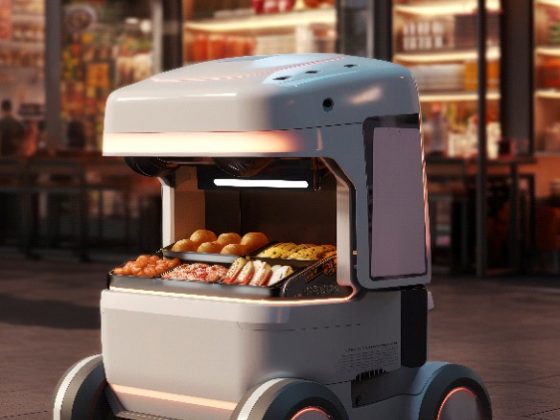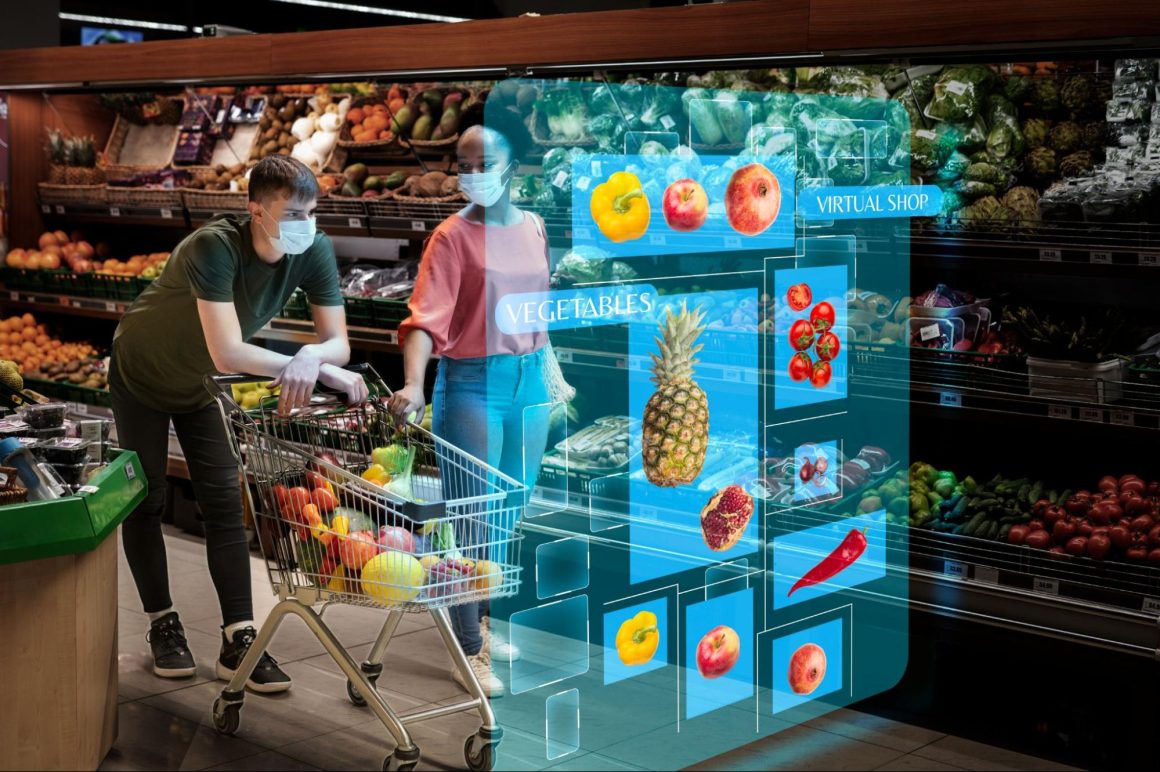
One of the most promising features of 5G technology is its speed, which is expected to be 100 times faster than current 4G networks. This advancement translates into real-time interactions that were previously unachievable. For instance, a report by Ericsson predicts that by 2025, there will be approximately 25 billion IoT devices globally, many of which will be integrated into FMCG marketing efforts.
This connectivity enables real-time communication between brands and consumers, allowing marketers to provide hyper-targeted product recommendations, personalised promotions, and location-based offers through wearable devices, smart appliances, and mobile apps.
Imagine a scenario where a consumer enters a supermarket, and their smartphone or smartwatch, connected via 5G, communicates with the store’s smart shelves. Based on the consumer’s past purchase behaviour, the shelves recommend products, offer discounts or even provide reviews from other buyers. This level of interaction is no longer futuristic but an imminent reality, thanks to the seamless connectivity that 5G and IoT enable.
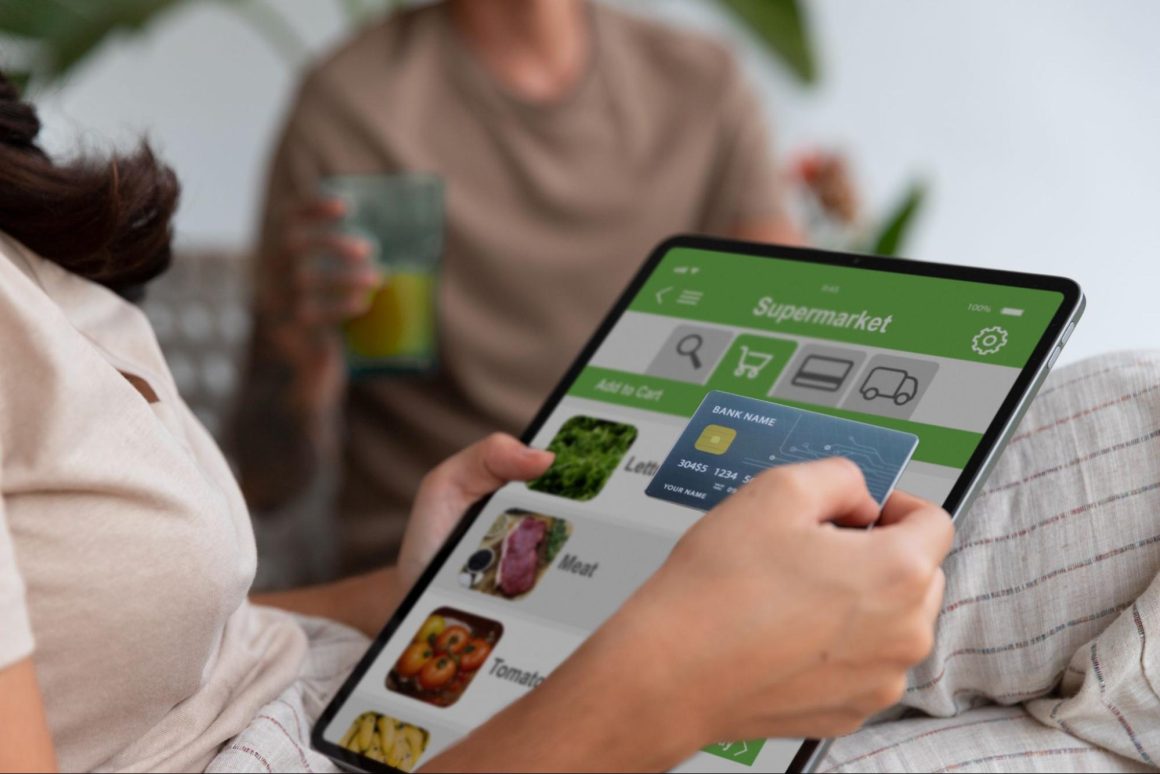
Research by McKinsey & Company estimates that 5G could increase the global GDP by up to $2 trillion by 2030, with the retail sector, including FMCG, being one of the largest beneficiaries due to enhanced consumer engagement opportunities.

